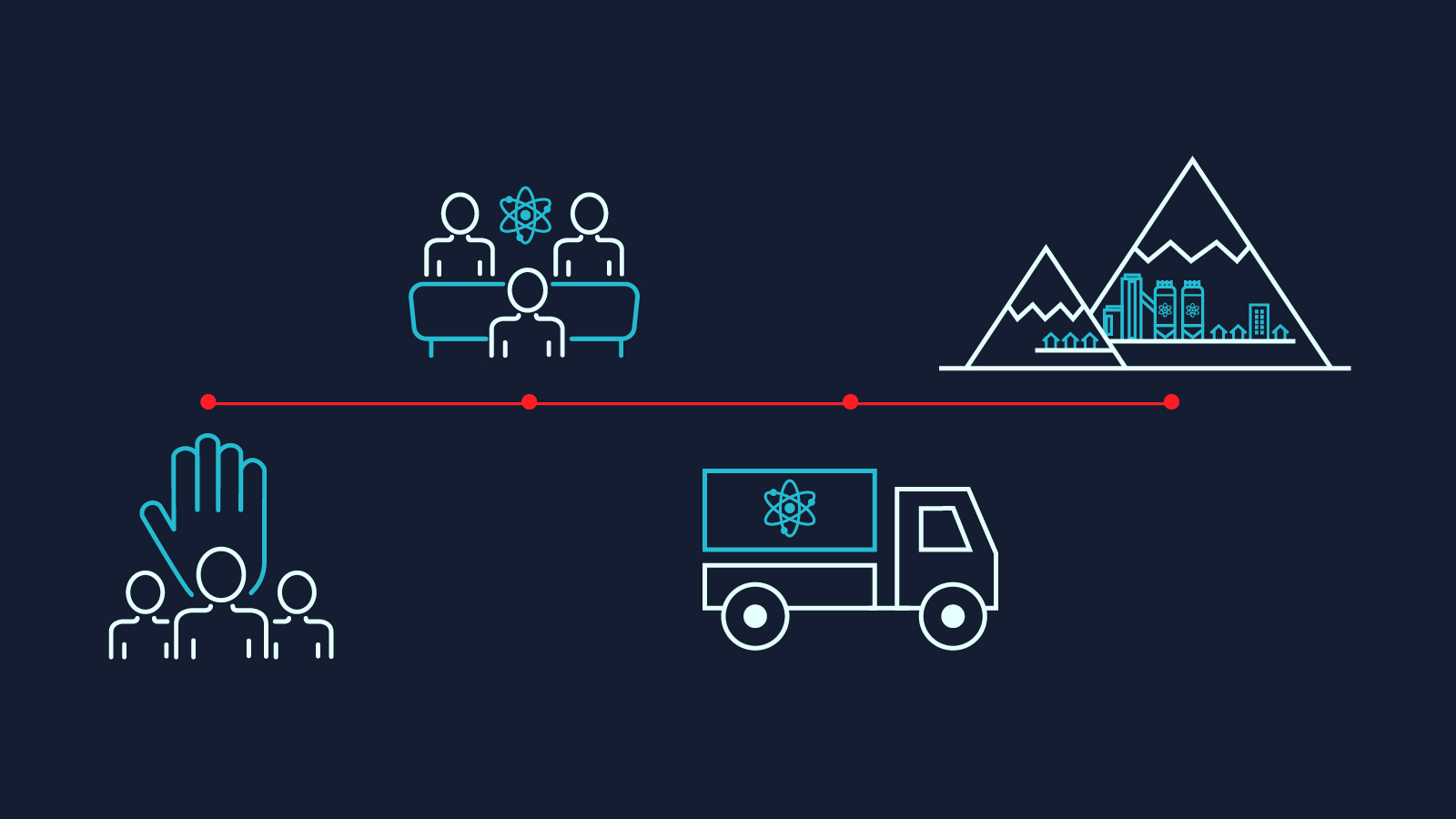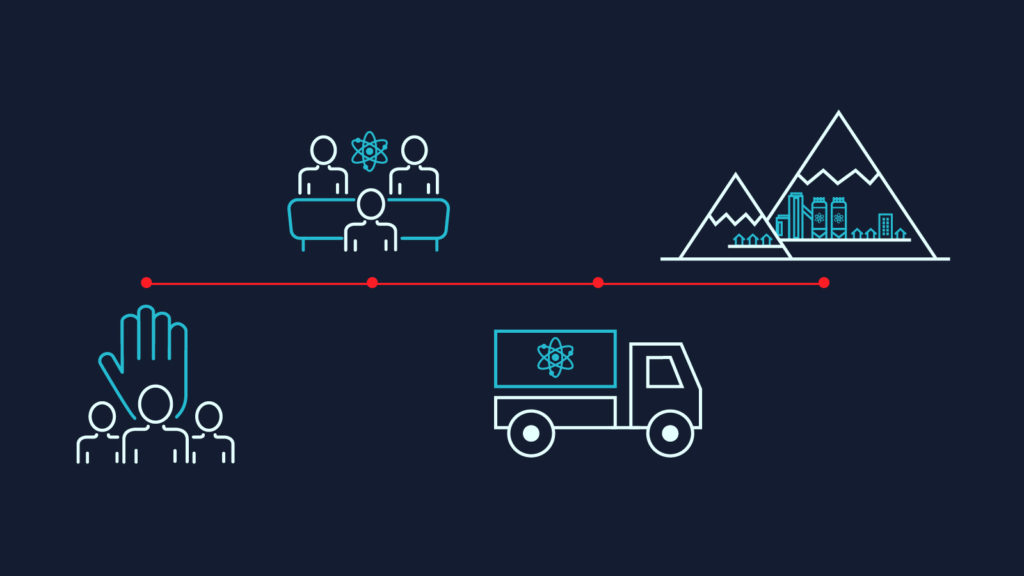
Aditi Verma receives Catalyst Grant from Graham Sustainability Institute
Verma and her team are developing a participatory approach to nuclear energy infrastructure design.

Verma and her team are developing a participatory approach to nuclear energy infrastructure design.
A project led by Aditi Verma has received a Catalyst grant from the Graham Sustainability Institute. Verma is a U-M Nuclear Engineering & Radiological Sciences (NERS) Assistant Research Scientist (Assistant Professor, Fall 2022), and also a member of the Fastest Path to Zero Initiative team.
According to Graham, the five newly awarded catalyst grants will fund projects designed to advance potential infrastructure solutions across energy, transportation, and the built environment. The projects will facilitate climate change adaptation, test products aimed to reduce carbon emissions, and foreground equity and justice in sustainability interventions.
Verma’s project will lay the groundwork for the development of a participatory approach to the design of nuclear energy infrastructure – with a particular focus on advanced reactor design. Building on previously developed participatory design approaches in other engineering domains and insights garnered through consultations with Westinghouse designers and host community members identified by the Energy Communities Alliance, the research team aims to secure long-term funding to produce a methodology that can be utilized in the development of small reactors that serve as community-scale sources of energy. This important work will help ensure the equitable and just deployment of new nuclear energy technologies.

Nuclear energy’s powerful potential to advance decarbonization of the energy sector is compromised by a number of legacy issues. Historically, developers have failed to engage host communities as part of the design and development process. Plant construction has displaced indigenous communities and involved unduly high costs and lead times. Land and water resources risk contamination in the event of an accident. To reduce barriers to new nuclear energy development, these issues must be addressed.
“Many nuclear reactor designers are actively trying to avoid repeating history’s missteps by designing smaller, less complex, potentially factory-fabricable, safe reactors,” said Verma. “Increasingly, designers recognize the need to incorporate community input early on in the design process. Simultaneously, communities that are likely to host such reactor facilities are keen to provide input. However, both designers and communities lack a systematic approach or methodology to engage with each other such that community input can be incorporated into reactor design. This marks a critical gap in current advanced nuclear reactor development efforts – a gap we seek to fill through this work.”
“I’m excited to see Dr. Verma take the lead nationally in advancing the knowledge of the issues beyond technology development that are critical to successful deployment,” said NERS Department Chair Todd Allen.
Verma’s interdisciplinary project team and partners include Shanna Daly, Co-PI (Mechanical Engineering); Michael Craig, Co-PI (SEAS); Diane Hirshberg (University of Alaska Anchorage); Tim Kalke (Sustainable Energy for Galena, AK); Joseph Halackna (Westinghouse); Harold Maguire (Westinghouse); Kara Colton (Energy Communities Alliance). Student researchers on this team include River Bennett (NERS), Xiao Guo (UM SEAS) and Peter Wacnik (Mechanical Engineering). They will be joined by NERS student Nathan Piersma over the summer.
“I see the Catalyst grant as the starting point for a long-term research project,” said Verma. “Through the Catalyst project, we are exploring ways to design nuclear energy technologies in inclusive and participatory ways. More broadly, I believe such participatory design approaches are needed for the development of energy technologies as well as large physical infrastructure. As we plan for a transition to equitable, low- to zero-carbon energy and physical infrastructure systems, we, as engineers and developers of these systems, should actively be asking ourselves how these systems can be designed, developed, and governed in equitable ways.”